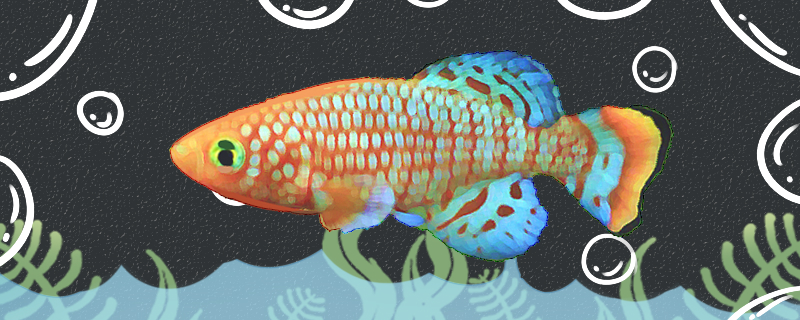
The beautiful baby fish, also known as the fire unicorn, is one of the most beautiful species of killifish.Because they are particularly sensitive to changes in water quality and temperature, unstable water quality and temperature conditions can easily lead to a large number of deaths, so they are recognized as one of the most difficult killifish species in the world.
The life span of beautiful baby fish is usually only one year. When they first hatch, they are particularly susceptible to white spot disease without being detected. Often, it is already too late to detect it, resulting in the death of a large number of young fish.When raising young fish, we must pay attention to frequent observation, keep the water temperature constant, and avoid young fish infected with white spot disease.Generally speaking, the biggest difficulty in raising beautiful baby fish lies in the control of water quality, temperature and other conditions and the close attention to their growth, which is still difficult to raise.
1. Water environment: Beautiful baby fish is suitable to live in neutral water with PH value of 6-7, and the temperature is controlled at 20-24 ℃ during daily feeding.In order to raise beautiful baby fish, it is particularly important to maintain a constant water quality and temperature.
2. Feeding: They like to eat active baits such as brine shrimp and red worms, and can feed smaller baits such as micro worms and paramecium in the juvenile stage.They are generally not interested in artificial feed.
3. Reproduction: When they spawn, they need to lay their eggs in the soil, and after a period of drying, they can hatch young fish smoothly.Therefore, during the breeding period, enough peat soil must be laid in the aquarium, dried and preserved every one to two weeks, and then the soil with eggs is returned to the water for incubation after the drying period.
。